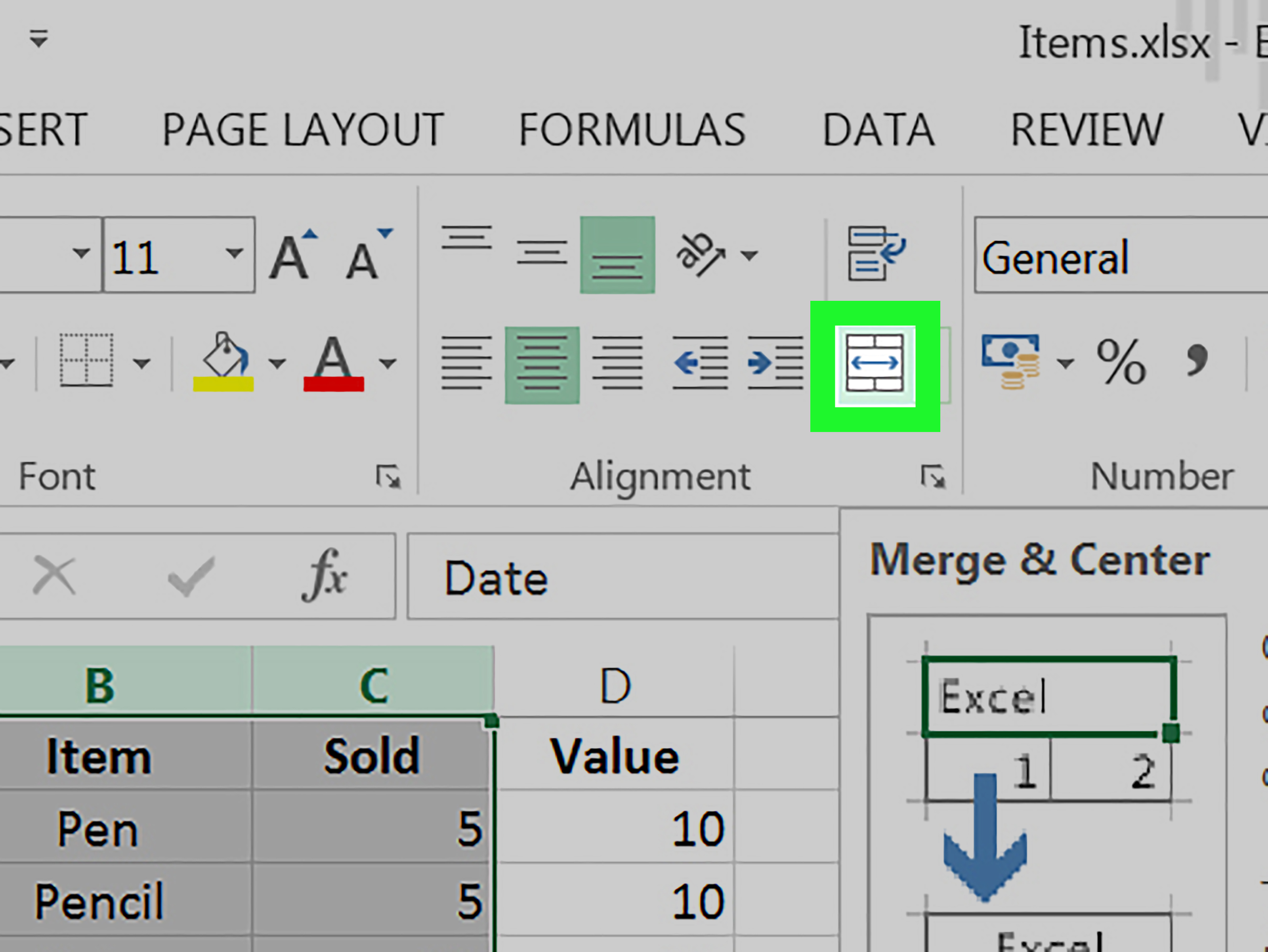Excel Data Merging: Reference Multiple Sheets Easily

Merging data from multiple Excel sheets into a single, coherent dataset can streamline your data analysis process, saving you time and reducing errors. Whether you're consolidating financial reports, customer data, or inventory lists, mastering the art of combining data across Excel workbooks or sheets is crucial for efficient workflow management. Here's how you can reference multiple sheets with ease using various methods tailored to your specific needs.
Why Merge Data in Excel?

Before we delve into the techniques, understanding the benefits of data merging in Excel is key:
- Consolidation: Combine data from different sources for a unified view.
- Error Reduction: Eliminate manual data entry errors by automating the merge process.
- Time Efficiency: Spend less time gathering data and more on analysis.
Using Formulas for Data Merging

Excel formulas offer one of the simplest ways to reference data from different sheets within the same workbook:
1. Indirect Method

The INDIRECT function can dynamically reference cells in different worksheets:
=INDIRECT(“SheetName!A1”)
where “SheetName” is the actual name of the sheet you’re referencing.
2. 3-D References

For creating a sum or average across sheets, you might use:
=SUM(Sheet1:Sheet3!A1)
This sums up cell A1 across Sheet1 through Sheet3.
💡 Note: 3-D references work only when sheets are sequentially named.
Power Query for Complex Data Integration

For complex data from various sources, Power Query is a powerful tool:
1. Importing Data

Navigate to the ‘Data’ tab, then ‘Get & Transform Data’ to load sheets from your workbook or external files.
2. Merging Queries

After loading each dataset:
- Select ‘Home’ > ‘Merge Queries’ to combine them based on common keys or columns.
- Choose the columns that match your datasets for merging.
- Complete the merge by choosing the appropriate join type (Left Outer, Right Outer, Inner, etc.).
VBA Macros for Customized Merging

If you need repetitive data merging tasks, VBA can automate the process:
1. Creating a Macro

Open the VBA Editor with ‘Alt + F11’, then insert a new module and write a script like:
Sub MergeData()
Dim ws As Worksheet, destWS As Worksheet
Dim lastRow As Long, lastCol As Long
Set destWS = Sheets(“Summary”)
For Each ws In Worksheets
If ws.Name <> "Summary" Then
lastRow = ws.Cells(ws.Rows.Count, 1).End(xlUp).Row
lastCol = ws.Cells(1, ws.Columns.Count).End(xlToLeft).Column
ws.Range(Cells(2, 1), Cells(lastRow, lastCol)).Copy destWS.Cells(destWS.Rows.Count, 1).End(xlUp).Offset(1, 0)
End If
Next ws
End Sub
2. Running Your Macro

Execute the macro by calling it in Excel or assigning it to a button or event.
⚠️ Note: Ensure you have backup of your workbook before running new VBA scripts.
Using Excel’s Consolidate Feature

For straightforward data merging:
1. Set Up Your Data

Arrange your data so that similar columns are aligned across sheets.
2. Consolidate

- Select ‘Data’ > ‘Consolidate’.
- Choose ‘Sum’, ‘Average’, or any other function to consolidate with.
- Link each range or sheet, ensuring you specify the cell reference and sheet name.
🧐 Note: Consolidate updates the summary when source data changes if linked using cell references.
Data Validation for Consistency

After merging, it’s important to validate your data:
1. Duplicate Detection

Use ‘Conditional Formatting’ > ‘New Rule’ > ‘Duplicate Values’ to highlight duplicates.
2. Cross-Sheet Verification

Compare merged results with source data manually or through VBA for accuracy.
Wrapping Up

Mastering these methods of merging Excel sheets will empower you to handle data more efficiently, giving you more time to focus on analysis rather than data management. From using simple formulas to leveraging VBA for automation, Excel offers versatile tools for data consolidation. Always ensure to validate your merged data for accuracy, and remember, with practice, these techniques will become second nature, enhancing your productivity in Excel significantly.
Can I merge data from different Excel workbooks?
+Yes, you can use Power Query to import and combine data from various Excel files, or VBA to automate the merging process across multiple workbooks.
What’s the difference between merge and join in Power Query?
+Merge combines two datasets on a common column, while join in Power Query refers to how you want to combine these datasets (e.g., Inner Join, Outer Join).
How do I handle non-identical data structures when merging?
+You can pre-process each dataset to have the same structure or use Power Query’s transformation steps to align the data before merging.